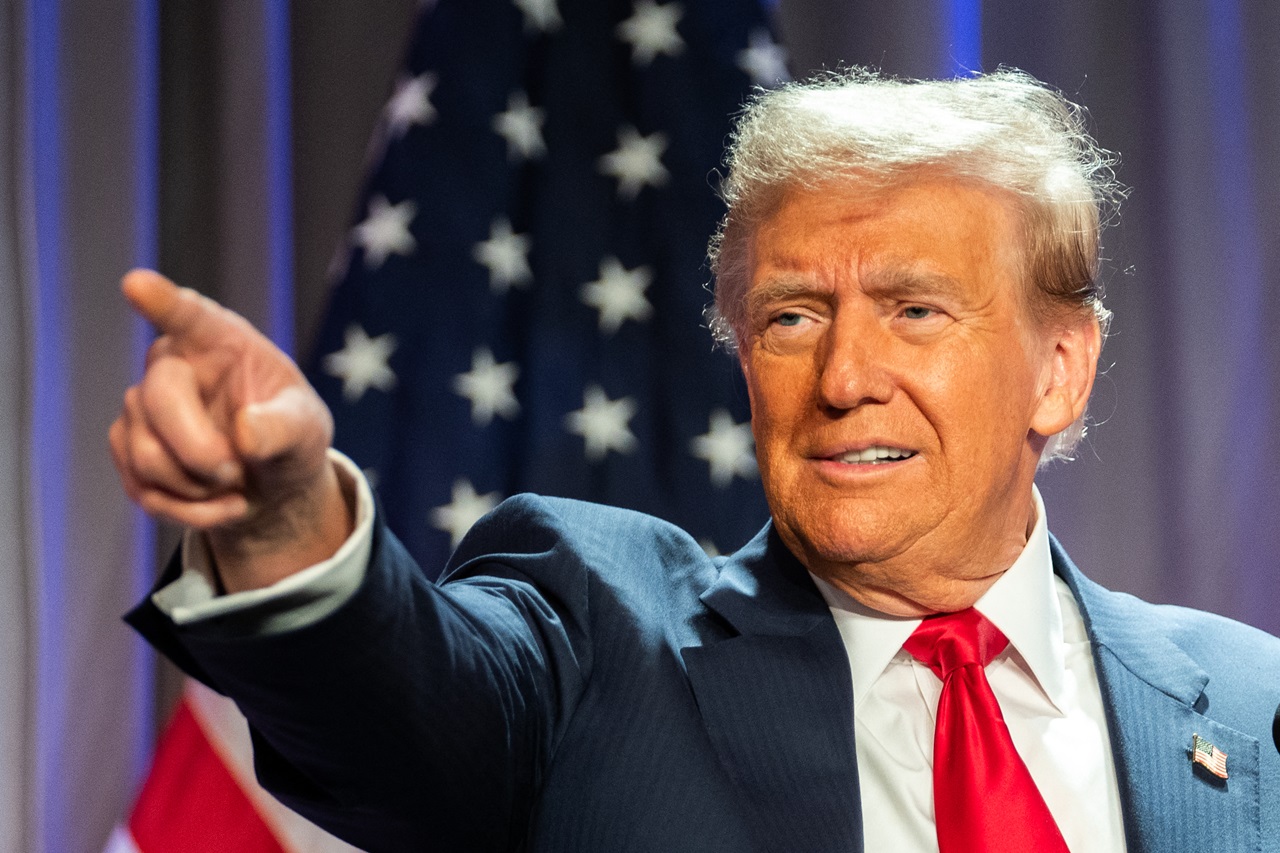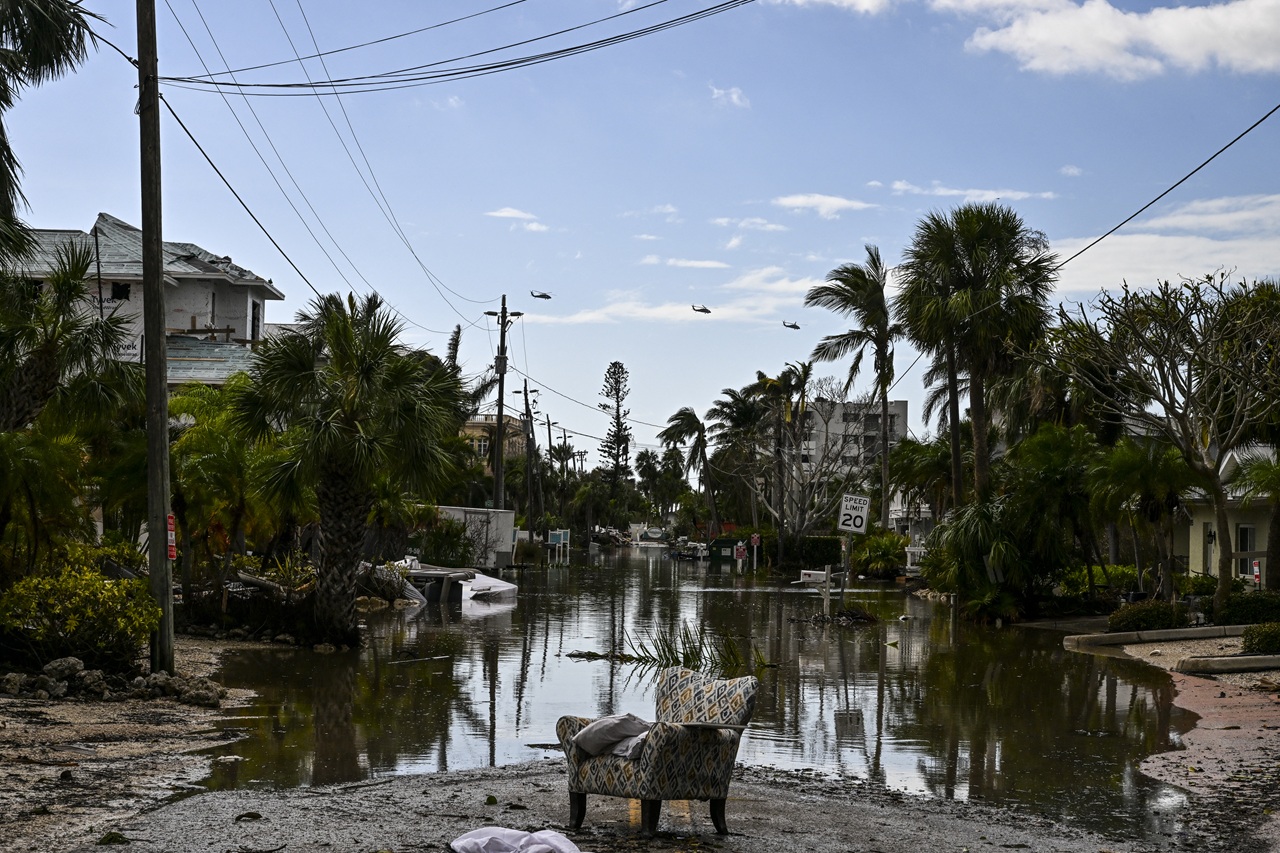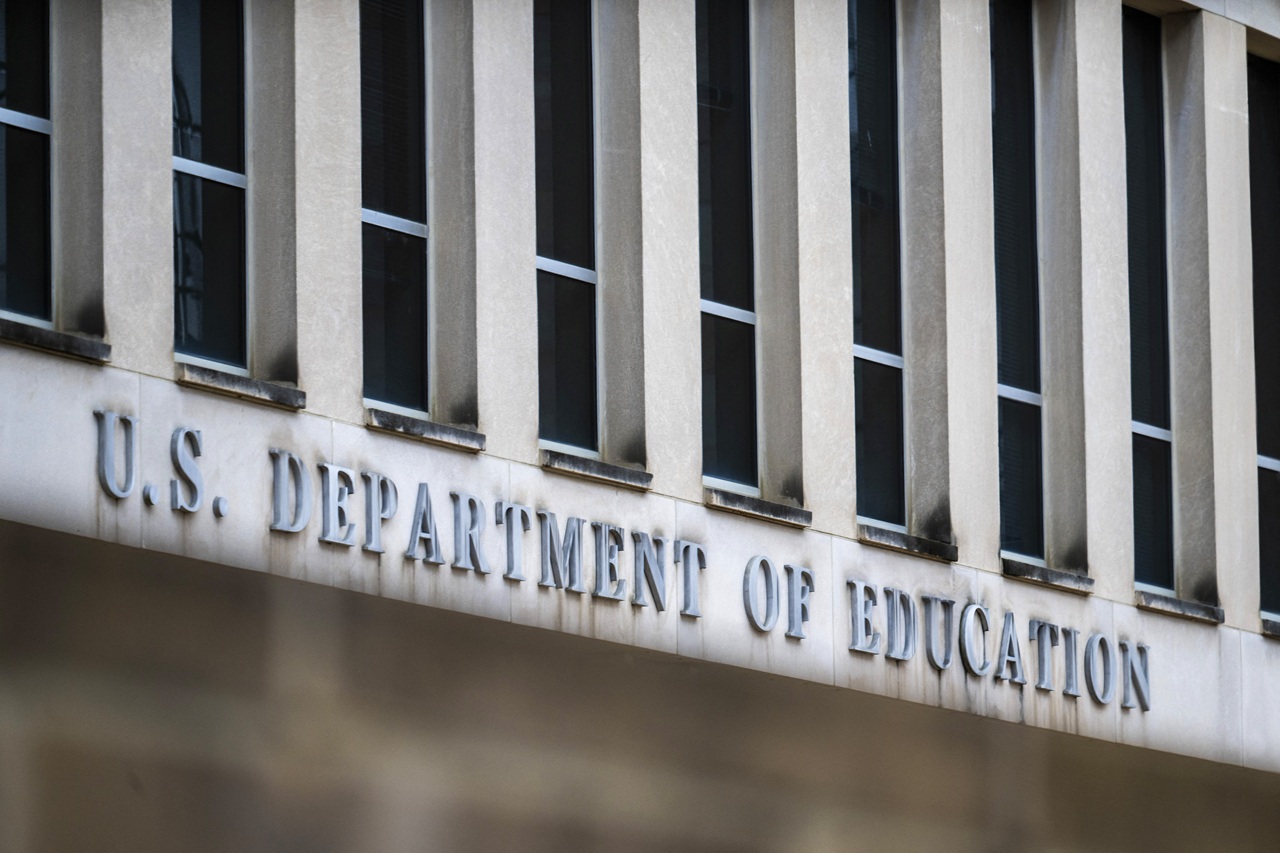
DACA, a history of ups and downs
A chronology of the most important events in the history of DACA.
A Texas federal judge order blocking new applicants from DACA is just the latest in a series of actions surrounding one of the most promising and controversial immigration programs of the last decade.
Since its inception in 2012, the Deferred Action for Childhood Arrivals (DACA) has passed through four administrations — two under Obama, Trump and Biden — and has seen significant advances and endured setbacks that have put more than four million beneficiaries in legal limbo.
Here is a look back at some of the most important events in its history:
June 15, 2012
Then-President Barack Obama announces the creation of the Deferred Action for Childhood Arrivals (DACA) program.
Janet Napolitano, President Obama's Secretary of Homeland Security, defines it as a policy "to exercise the discretion of prosecutors with respect to people who came to the United States as children," since "these individuals lacked the intention of breaking the law” when they entered the country illegally.
“This is a temporary stopgap measure that allows us to focus our resources wisely while bringing a degree of relief and hope to talented, motivated and patriotic youth. It's the right thing to do," said Obama when announcing DACA.
In the first year, more than 700,000 people qualify to be part of the program and avoid deportation.
November 2014
Jeh Johnson, Secretary of Homeland Security during Obama's second term, announces an expansion of DACA for almost 4 million parents of citizens or permanent residents (DAPA).
February 2015
A judge issues an order to block DAPA. The order is in response to a lawsuit brought by attorneys from Texas and other 25 states with Republican governments. The order was confirmed by the Supreme Court in June 2016.
September 2017
Elaine Duke, President Trump's Acting Secretary of Homeland Security, announces the "termination of Deferred Action for Child Arrivals."
The announcement is based on a letter from the then attorney general, Jeff Sessions, who asserted that this "outright circumvention of immigration laws was an unconstitutional exercise of authority by the executive branch."
January 2018
A San Francisco judge blocked Trump's revocation of DACA, as it is "based on a flawed legal premise." Judges in New York and Washington issue similar orders.
June 2019
RELATED CONTENT
The Supreme Court takes the case of lawsuits in favor and against the DACA program.
June 2020
The Supreme Court blocks the attempt to end DACA and allows its beneficiaries to continue to renew their applications for the program.
December 2020
Requests for program renewals are accepted again.
January 2021
Biden orders Secretaries of Homeland Security and Justice to take steps to preserve DACA.
In addition, Biden's potential immigration reform bill would include a possibility of immediate access to citizenship for DACA recipients.
March 2021
The House of Representatives passes the HR. 6 or “American Dream and Promise Act,” which includes a path for Dreamers, TPS and Deferred Forced Departure recipients to achieve citizenship. With this new legislation, up to 4.4 million people could apply for permanent residence.
July 2021
Federal Judge, Andrew S. Hanen of the District Court in Houston, Texas, says former President Barack Obama exceeded his duties by enacting DACA and rules it unlawful, blocking access to new applicants.











LEAVE A COMMENT: